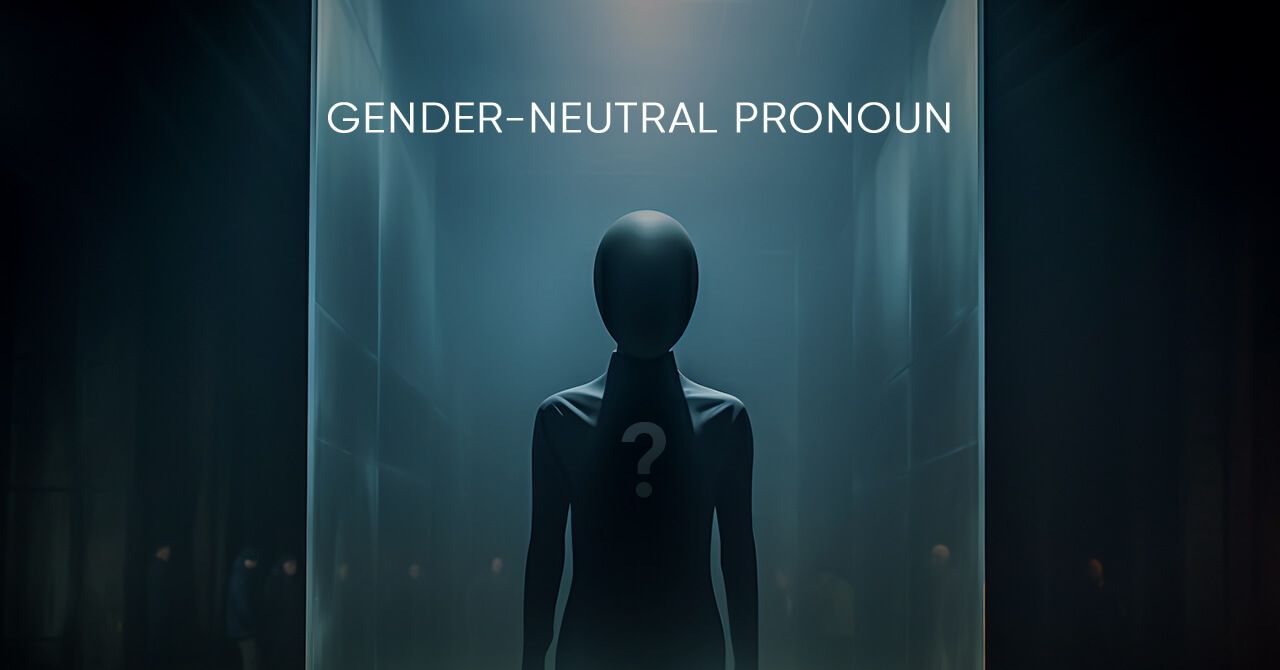
How to Avoid the Patriarchical “He” Without Sounding Silly
So, the original question implies that there might be a way to come up with a “gender-neutral” pronoun that we could incorporate into English.
Abandoning the patriarchal “He”
Why should the English language change its third-person pronoun rule to make it gender-neutral? How could we do that? Let’s get to the “why” first: English, like many languages, has a certain amount of inherent sexism and a legacy of the patriarchy. That sexism has led to the institutionalized use of English to say “he” or “him” when we also mean “she” or “her.” So, avoiding sexist language has become somewhat the politically correct style, with approaches like alternating the gender of the pronoun in the same writing or just using “she” or “her” as a kind of correction of past abuses. Other somewhat clumsy approaches include the use of the somewhat odd-looking “s/he” as a kind of catch-all.
So, the original question implies that there might be a way to come up with a “gender-neutral” pronoun that we could incorporate into English. Of course, we already have the pronouns “it” and “one,” but we use “it” for the neuter (table, bug), and “one” is used in the strictly impersonal sense. Could we come up with a new term that could be quickly adopted, say, like “Ms.”? Probably not. (Silly variations like “hesh” or “shesh” come to mind but would probably be ridiculed by the mainstream intelligentsia.) So there is good enough reason to come up with a gender-neutral, singular form of the third-person pronoun, but we could not easily come up with something that wouldn’t come across as excessive political correctness (or just plain dopey).
Advice from the Late-Great Albert Joseph
So, a more practical approach would be to avoid sexist writing without having to come up with clumsy ways of gender-neutral wording. With the higher population of women in the workforce, using the generic “he” could actually get you into trouble nowadays. So, until someone invents a third-person singular pronoun that is gender neutral, the best advice is to simply do what author Albert Joseph recommends in his “Guidelines for Nonsexist Writing”(Put it in Writing, McGraw-HIll:1998, p.p. 84-93):
1. Whenever you can, SWITCH TO THE PLURAL. Note the following examples:
Generic he:
A customer may not be aware HE has this choice.
Switching to plural:
Customers may not be aware THEY have this choice.
2. Avoid “man” words:
A “man-word” sentence:
Man is a social animal.
Better:
People are social animals.
Another “man-word“:
Since the dawn of mankind....
Better:
Since the beginning of human history…
The bottom line
There are more examples and suggestions on how to avoid sexist writing in Albert Joseph’s book referred to above. The bottom line, however, is that English does not have now, nor is it likely to have in the future, a gender-neutral pronoun that will work. So, the best approach is to be aware of the pitfalls of sexist writing and to avoid it without appearing stilted and clumsy. In the words of Albert Joseph:
I'm a Spanish tutor with over 20 years' teaching experience.

